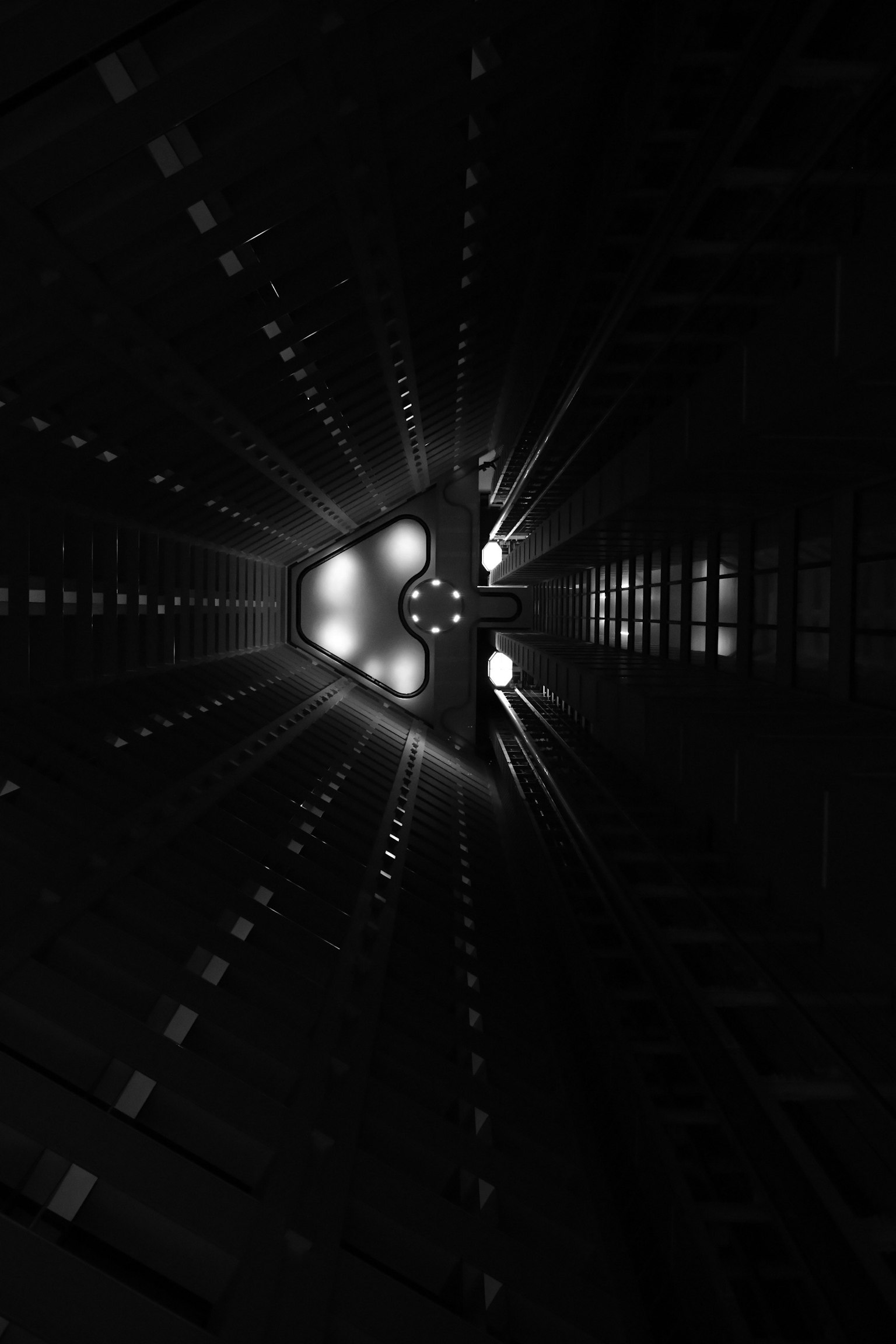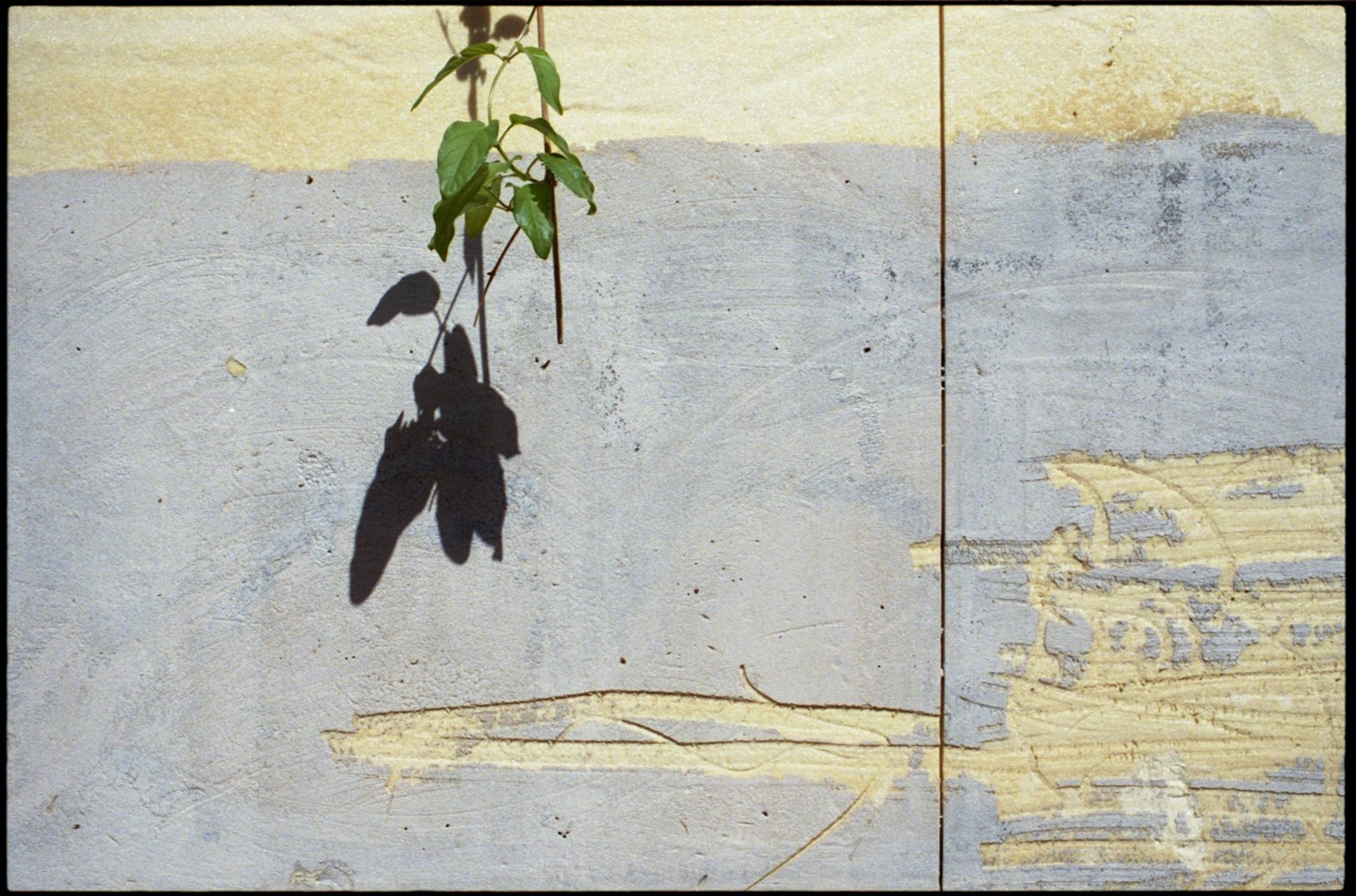
Cover photo by Siili
We have entered an era where AI-generated images are indistinguishable from reality. The Spanish government, to counter the risk of deepfake images and videos being mistaken for reality, has approved a bill mandating clear labeling of AI-generated content.
This bill could impose fines of up to approximately 3.8 billion yen on companies that fail to comply. For us creators, it will also serve as an opportunity to reassess the boundary between creation and reality.
Impact of Transparency in AI Content
The new law requires that if images, audio, or videos are generated or manipulated by AI, it must be clearly indicated. The display must be done in a way that is immediately recognizable to anyone seeing it for the first time.

Photo by sena0619
This will redefine the trustworthiness of visual media and increase the responsibility we bear when creating and sharing our works.
Freedom of Expression and the Responsibility of Creation
This move by Spain aligns with the EU's AI regulations, aiming not to halt innovation but to promote 'ethical and inclusive' AI usage. For creators, it provides a new framework for ensuring that expressions are socially accepted and trusted, rather than limiting creativity.
When using AI in works, it is essential to maintain transparency and convey the intent to the audience.

Photo by Koji Takasaki
Expanding the Scope of Expression
In creating works using AI, it is crucial to clearly state 'This is generated by AI.' Moreover, expressing the same theme with both AI and a camera can lead to unexpected discoveries.
By juxtaposing the human perspective with AI's creative power, the message conveyed by the work deepens. Now is the time to reexamine your own 'perspective.'



